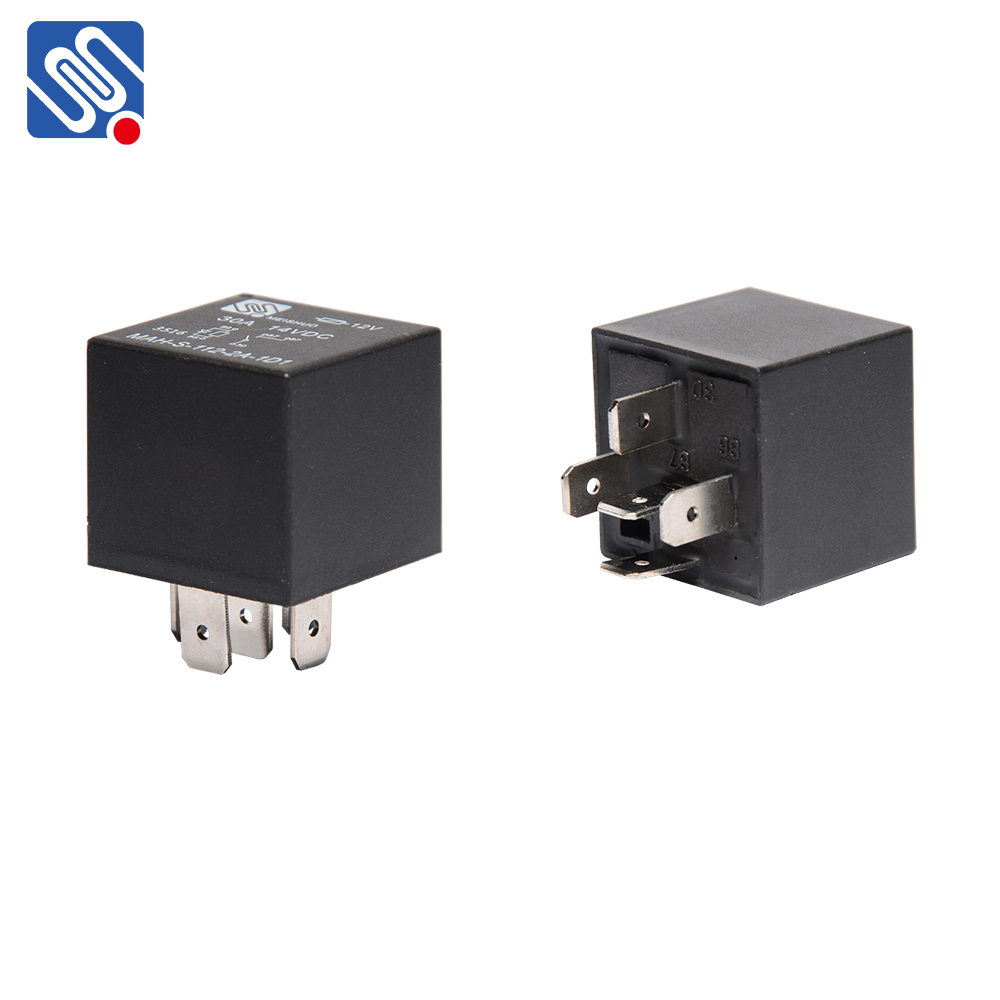Automotive relay is a vital component in the modern automotive electrical system, ensuring safe, efficient, and reliable functioning of various car devices. Relays act as electrical switches that use a low-current signal to control a high-current circuit, preventing damage to sensitive switches and enhancing the overall durability and safety of a vehicle’s electrical system. In this article, we will delve into the functionality, types, applications, and importance of automotive relays, shedding light on their indispensable role in today’s vehicles.

What Is an Automotive Relay? At its core, an automotive relay is a type of switch that controls the flow of electrical current to a specific component or system in a car. It is designed to operate automatically by receiving a small voltage or current to trigger the activation of a much larger electrical current that powers various car systems. Relays serve as intermediary components, ensuring that high-powered electrical devices, such as headlights, fuel pumps, or air conditioning systems, can be activated with a much smaller electrical signal. The key components of an automotive relay include a coil, contacts (both static and moving), and a spring. When a small current flows through the coil, it generates a magnetic field that attracts or repels the contact arm, allowing the relay to either open or close the circuit. This mechanism enables the relay to control high-voltage components, like lights or motors, without subjecting the car’s fragile switch systems to the risk of overload.